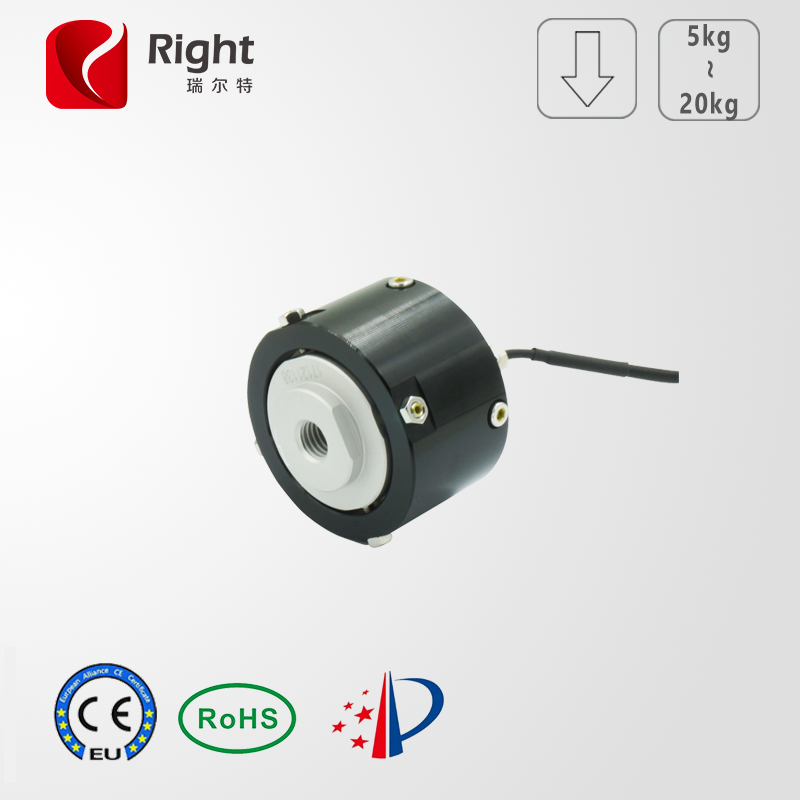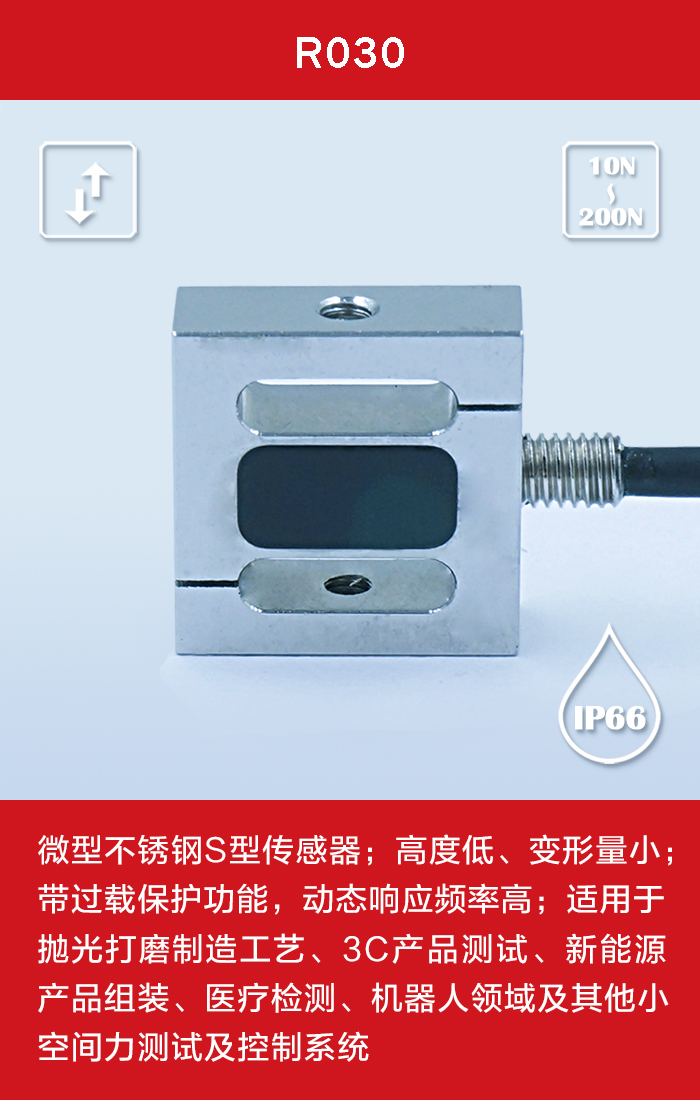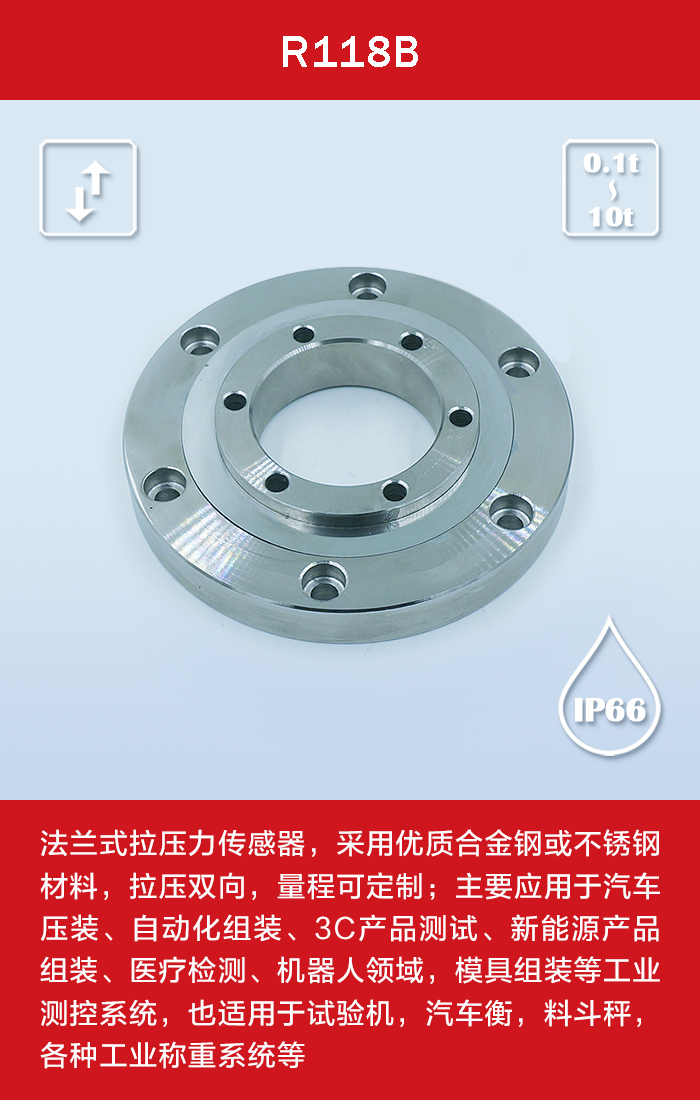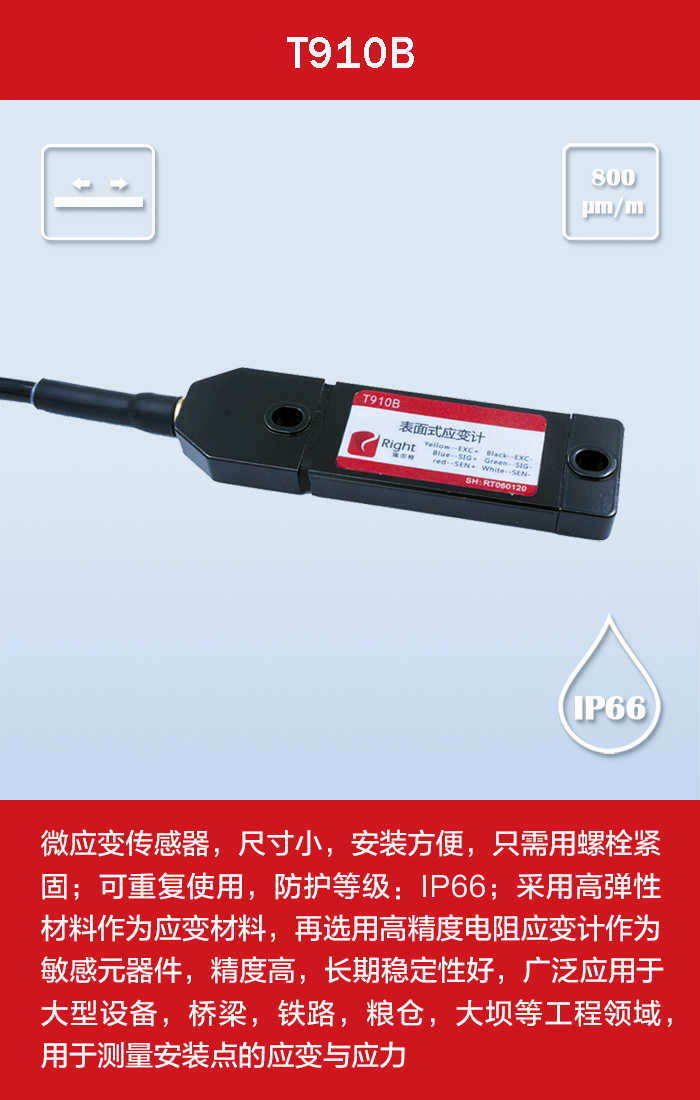NEWS
Focus on Right, share the wonderful moments of enterprises and exhibitions, popularize product technical knowledge, and answer frequently asked questions
News Center
The importance of six-component sensors for robots
- Categories:Technical knowledge
- Time of issue:2020-06-27 10:00
(Summary description)After thousands of years of evolution, humans have learned to walk upright and use tools. To adapt to complex and diverse environments, humans also have strong and sensitive sensory input. With the cooperation of various senses, humans can perform a variety of tasks. As a result, with today's advanced technology, there are now a variety of robots.
The importance of six-component sensors for robots
(Summary description)After thousands of years of evolution, humans have learned to walk upright and use tools. To adapt to complex and diverse environments, humans also have strong and sensitive sensory input. With the cooperation of various senses, humans can perform a variety of tasks. As a result, with today's advanced technology, there are now a variety of robots.
- Categories:Technical knowledge
- Time of issue:2020-06-27 10:00
- Views:
After thousands of years of evolution, humans have learned to walk upright and use tools. To adapt to complex and diverse environments, humans also have strong and sensitive sensory input. With the cooperation of various senses, humans can perform a variety of tasks. As a result, with today's advanced technology, there are now a variety of robots.
In general, robots do not have a sense of touch, but they can also "evolve" and benefit from it. By giving robots a sextant sensor, robots can be tactile and manipulate objects in simple environments without losing greater accuracy and sensitivity.
Thanks to proven sextant sensor solutions, new designs and intelligent software, we have achieved technology that allows robots to touch and "feel". In robotics, vision and haptics are complementary. As a result, industry experts predict that touch sensing will soon be added to mainstream robotics applications, such as vision technology.
In machining, such as grinding, deburring, sharpening and polishing, robots used to be very complex to perform these tasks. You need a lot of programming based on spatial capacity, and it takes a lot of time to correct errors.
However, with the integrated sextant sensor, the operator can simply grab the end-of-arm device and perform the desired motion by using the path recording function of the sextant force. The sextant force sensor records the force and direction applied by the operator, and the robot can then repeat the operator's movements. This will greatly increase efficiency while helping to ensure operator safety.
In addition, sextant sensors help with product processing and positioning, product testing, product packaging, and robot assembly.
Scan the QR code to read on your phone
- Related Reading
Follow us for more information
-
 【 Official WeChat 】
【 Official WeChat 】
-
 【 Mobile Website 】
【 Mobile Website 】
Tel: 400-8067-299
- Service Hotline 400-8067-299
- Service Mailbox right@ritcl.com
- Pre-sales Advice 189 2107 0677
 Follow Right
Follow Right







